I am trying to warp the following image so that I get a fronto-parallel view of the bigger wall, the one which comes on the left side of the image. However, I am not able to decide which points I should give in the function, cv2.getPerspectiveTransform() so that I get the matrix which if applied would yield the desired results.

The code I am using is:
import cv2
import numpy as np
circles = np.zeros((4,2),np.int)
counter = 0
def mousePoints(event,x,y,flags,params):
global counter
if event == cv2.EVENT_LBUTTONDOWN:
circles[counter] = x,y
counter = counter + 1
print(circles)
img = cv2.imread("DSC_0273.JPG")
img = cv2.resize(img,(1500,1000))
q = 0
while True:
if counter == 4:
q = q+1
height1,width1 = 1080,1920
pts1 = np.float32([circles[0],circles[1],circles[2],circles[3]])
width = np.sqrt((circles[1][0] - circles[0][0])**2 + (circles[1][1] - circles[0][1])**2)
height = np.sqrt((circles[2][1] - circles[0][1])**2 + (circles[2][0] - circles[0][0])**2)
width = int(np.round(width))
height = int(np.round(height))
x1,y1 = circles[0]
pts2 = np.float32([[x1,y1],[(x1+width),y1],[(x1+width),(y1+height)],[x1,(y1+height)]])
matrix = cv2.getPerspectiveTransform(pts1,pts2)
if q == 1:
print(matrix.shape)
print(matrix)
imgOutput = cv2.warpPerspective(img,matrix,(width1,height1))
cv2.imshow("Output Image ", imgOutput)
for x in range (0,4):
cv2.circle(img,(circles[x][0],circles[x][1]),3,(0,255,0),cv2.FILLED)
cv2.imshow("Original Image ", img)
cv2.setMouseCallback("Original Image ", mousePoints)
cv2.waitKey(1)
So basically, I click 4 points and my code will find the warping matrix so that the area enclosed within those 4 points are mapped to a rectangle, such that the first point I give is mapped to the same pixel location, and the other 4 points are adjusted so that the enclosed becomes a rectangle. In order to extrapolate this, I apply the same matrix over the whole image.
A set of points(the 4 points to be given through mouse clicks) I tried out is:
[[349, 445], [396, 415],[388, 596], [338, 610]]
The result I got is:


